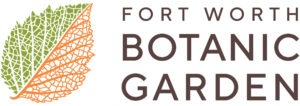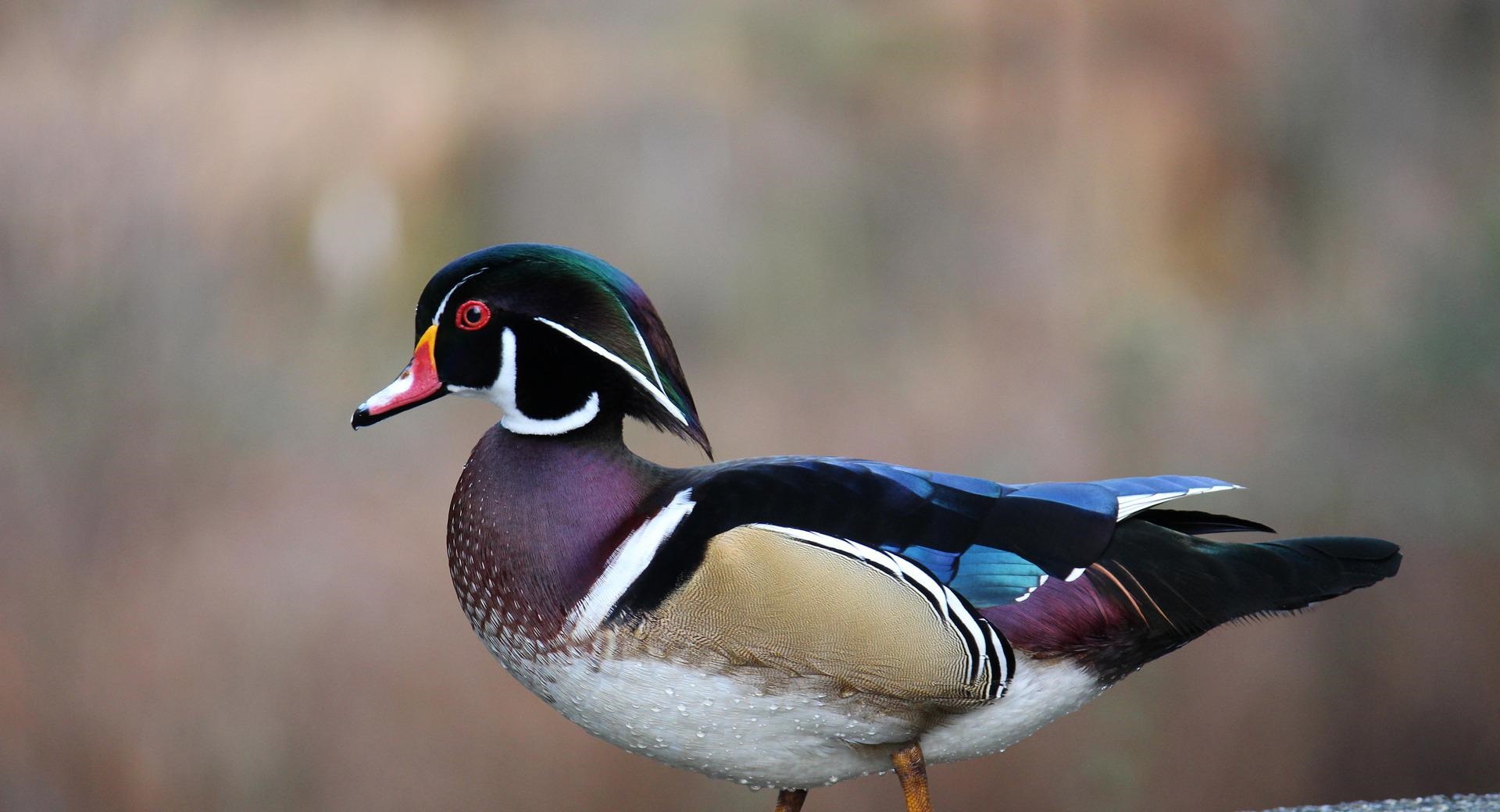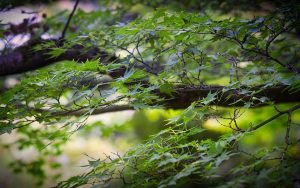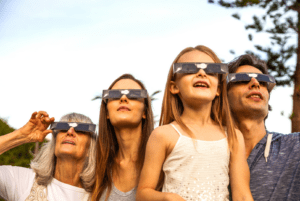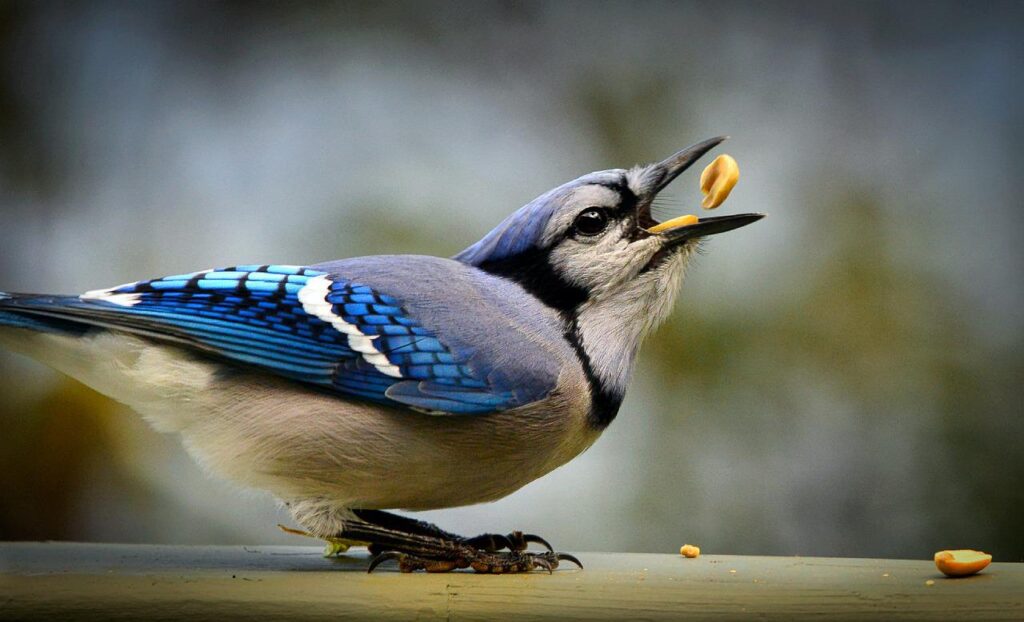
Many area residents find the Garden a place of respite and renewal—a home away from home. But the Garden is also a different kind of sanctuary: It is home to dozens of bird species.
The Garden is a hotspot for birds, who find safe nesting places in our trees and shrubs as well as numerous sources of food and water. Many enthusiastic bird watchers make regular trips to the Garden to look for both common and uncommon species.
You don’t have to be an expert to discover many fascinating birds yourself. You can join one of our regular Birding Walks, offered in cooperation with the Fort Worth Audubon Society. Or grab a pair of binoculars and and a bottle of water and start looking for birds yourself.
| Birding Walk with Fort Worth Audubon Society June 25, 8 – 9 am This walk is sold out, but check back for another walk in September. |
The online resource eBird, sponsored by the Cornell Lab of Ornithology, names the Garden as one of their birding hotspots and lists more than 150 birds identified on the grounds. This is an excellent way to get an introduction to the birds you might find at the Garden.
Among the most common birds spotted in the Garden in the summer are the same birds you will see in your backyard or area parks. In June, Blue Jays, Northern Cardinals, and White-winged Doves are a regular sight for observers.
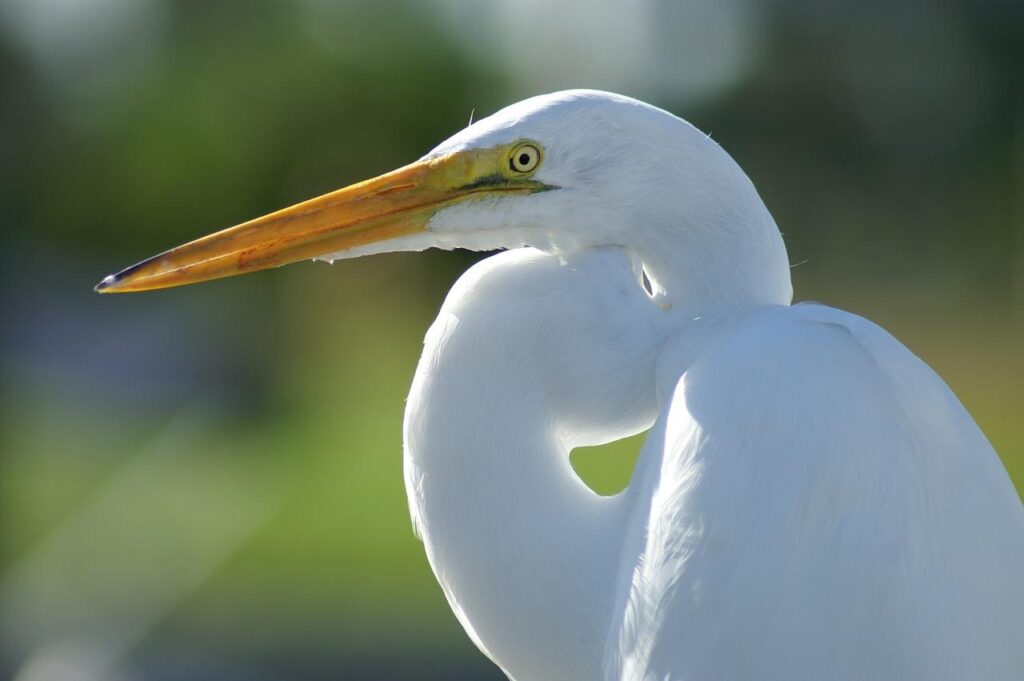
The many ponds and fountains of the Garden play host to several water-loving birds. Great Egrets, for example, are tall, lanky birds with long yellow bills; they stand up to 3 feet tall and have a wingspan of up to 67 inches. You will find them in ponds standing still and watching the water. If you’re lucky, you might see them suddenly strike into the water with their beaks.
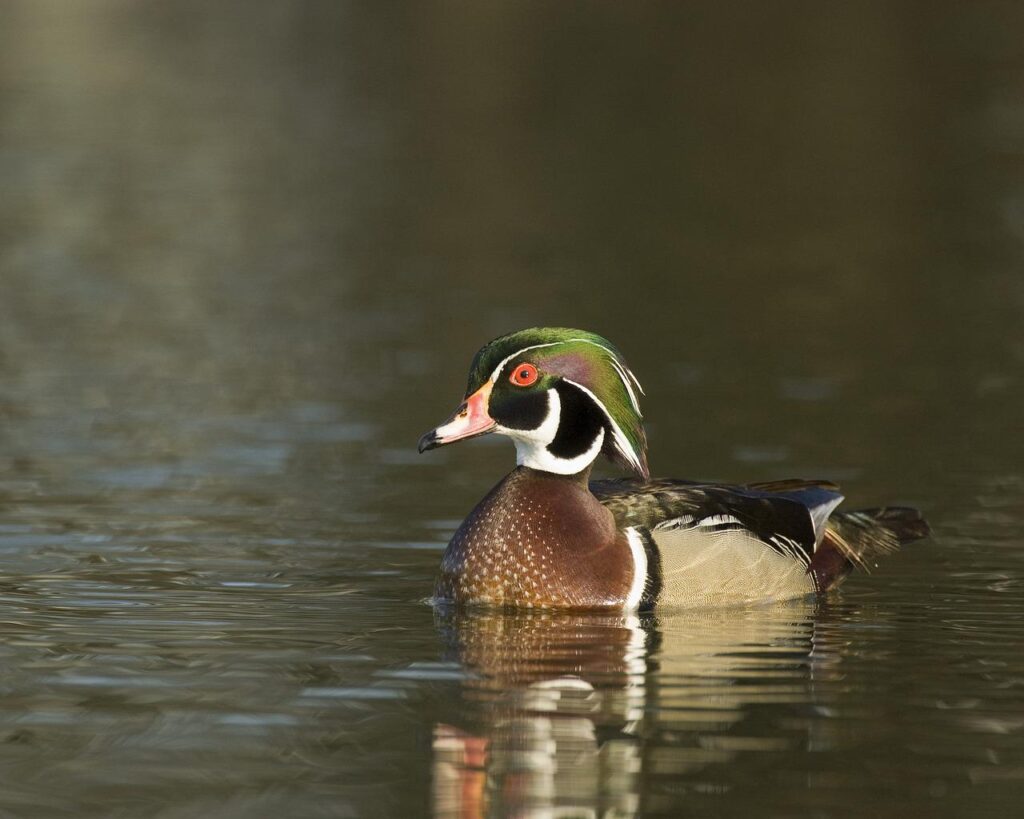
Wood Ducks also enjoy the ponds and fountains of the Garden. The males of this species are real show-offs, with iridescent green heads, red eyes and patterns of dark and light bands down their necks and bodies. The females of the species are a more modest brown—sorry, gals.
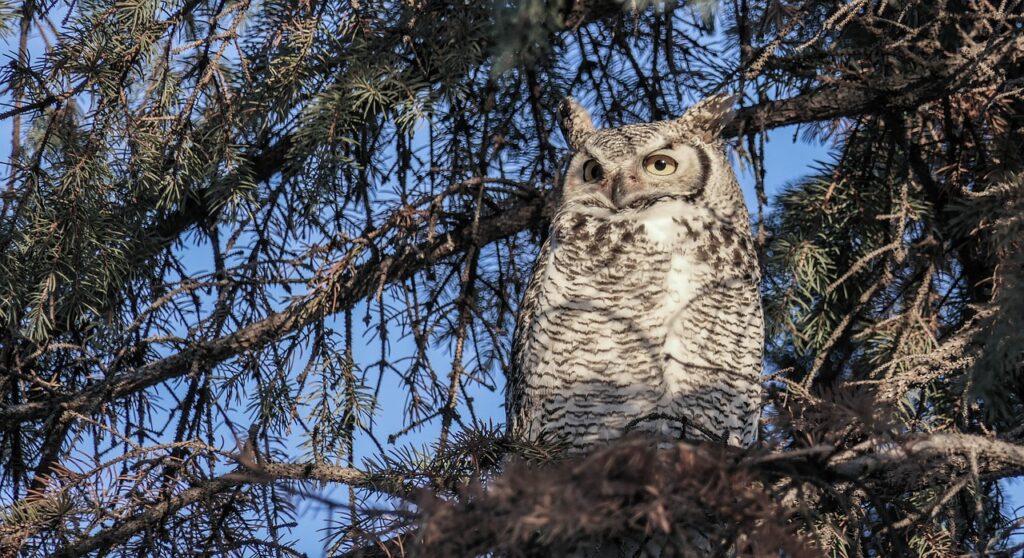
One of the trickier birds to spot in the Garden is the Great Horned Owl. The varied brown feathers of this bird serve as excellent camouflage in wooded areas such as the Native Texas Boardwalk. Great Horned Owls are magnificent hunters; they most commonly eat small creatures such as rodents and frogs, but they can take on large prey including rabbits and hawks.
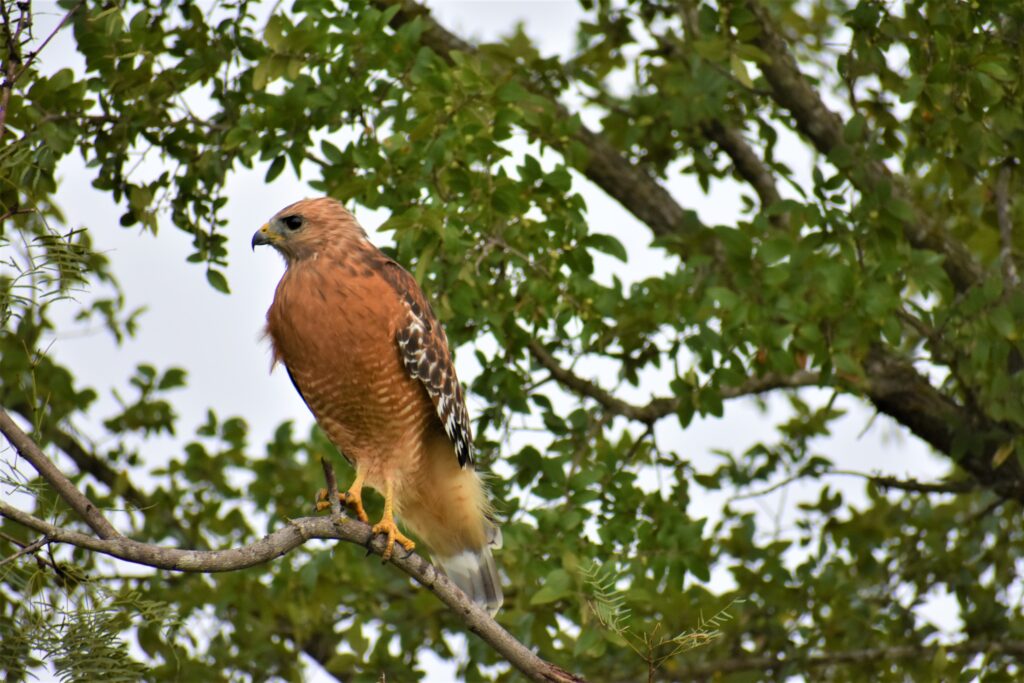
Another hunting bird that makes the Garden its home is the Red-shouldered Hawk. These birds reach a length of 17 to 24 inches; the have rust-colored breasts, blackish-brown wings and reddish-brown shoulders. Red-shouldered Hawks nest in wooded areas and often hunt in nearby fields and meadows. You are likely to hear this bird before you see it; its call is distinctive (listen to it here.) You also might spot the hawk circling high above the Garden watching for prey far below.
On your next visit to the Garden, look and listen for birds. No matter what you find, it’s a great reminder that the Garden plays an important role as a safe and welcoming home for local wildlife.
